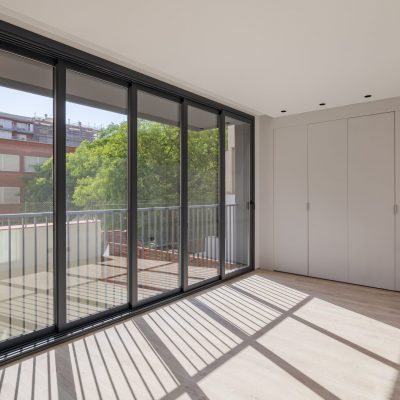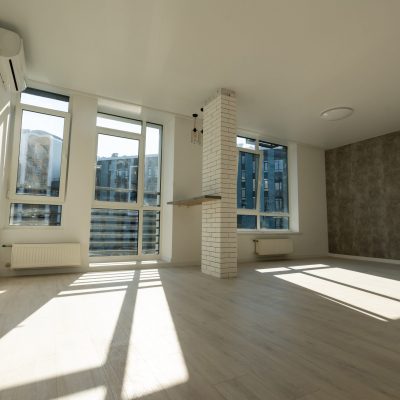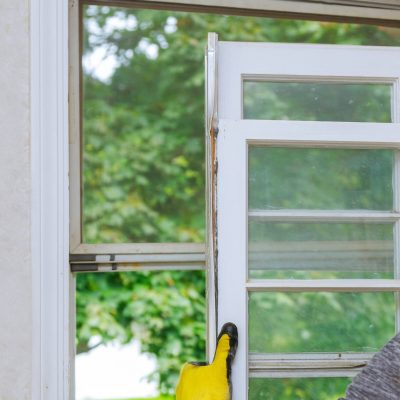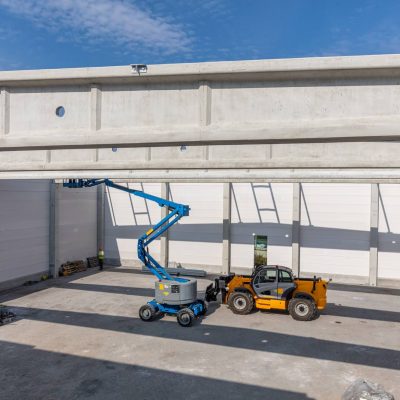Vinil Siling:
Made from PVC, vinyl siding has been around since the early 1960s and as of the latest consensus, it is the most commonly used siding in new, single-family homes.
Modern engineering has produced vinyl siding that can perfectly mimic the look of many types of cladding and architectural accents, including wood, stone, and slate. In addition, current vinyl siding has improved strength and weather resistance and comes in a broader selection of factory colors.
Advantages:
- Durable
- Widely available
- Least expensive option
- Many brands come with lifetime warranties
Disadvantages:
- Repairs may require replacement of entire sections due to fading over time
- Flammable – releases toxins if burned
Green Characteristics:
Vinyl siding as a whole is a “green” siding option due to its production and recycling process
Fiber Cement Siling:
Fiber cement comprises wood fibers mixed with sand and cement. The siding is much thicker than vinyl and has a better ability to withstand harsh weather such as strong wind or hail. The material is very stable and does not expand and contract at the same rate that true wood and vinyl siding does. This stability allows paint to last longer on its surface, so it does not require refreshing as often as wood siding. In addition, most fiber cement brands can be painted, so homeowners can change their design plans down the road without having to replace the siding itself.
Fiber cement siding has a great reputation for quality and durability. These products have long warranties, and they’re very visually appealing.
Advantages:
- Not susceptible to termites
- Highly water resistant
- Incombustible
- Holds paint well – lots of colors and options due to texture
Disadvantages:
- Installation is more complicated as the product is very heavy
- Costlier than most types of vinyl siding
Cleaning/Maintenance:
- Mostly maintenance free
- Must be repainted periodically (every 15 – 20 years)
Green Characteristics:
- Most brands contain at least 10 – 20 recycled materials.








